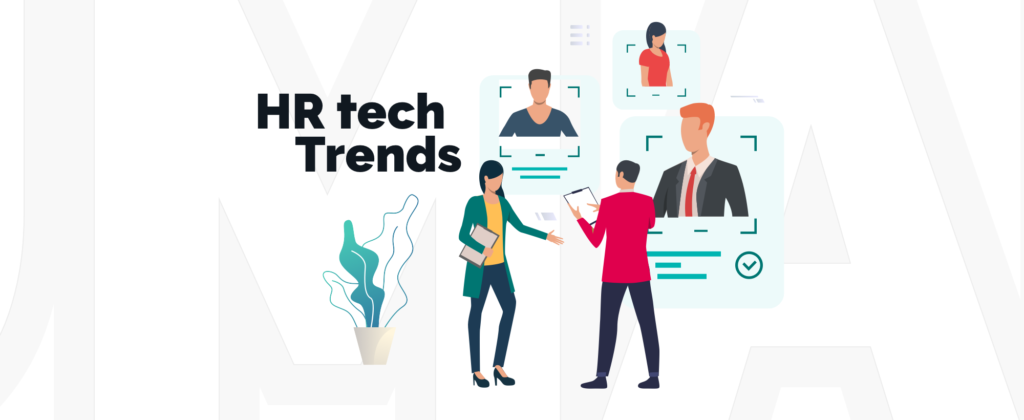
Decoding Your Own Job Could Be the Next HR Tech Trend
Organizations are in dire need to reimagine their workplace.
What you once called an office does not exist anymore. No more meeting rooms where all colleagues meet make serious decisions. Our homes have become our office – where meetings and discussions are available only on laptops or mobile phones.
The COVID-19 pandemic. These are some interesting times we’re living in today. The transition of work station from offices to our homes happened overnight. Thus, intensifying the need for digitization of human resource (HR) job roles.
To be honest virtual and real-life events have exchanged places. Colleagues have now become virtual while family members are present in real life. Pets, babies, and family members have often been seen during meetings. However, instead of becoming annoyed, most managers have accepted the change.
As the hybrid workplace is here to stay for a while, operations on a daily basis have extensively started relying on technology. If you’re thinking of how the pandemic has changed HR technology, then perhaps you might need to read further.
Here’s what K.A. Narayan, President HR, Raymond Limited has to say, “Technology in HR is still at a very nascent stage and is evolving fast to meet the demands of the digital future. However, during the pandemic, we quickly adapted to WFH and provided the required digital bandwidth and infrastructure. Employees are now accessing all applications remotely. Further, in the last few months, the company has migrated to a new ERP which has Talent Management, Performance Management, Succession, a self-service BOT, Recruitment, and Leaves Management modules.”
If necessity is the mother of invention, then you can say the COVID-19 crisis is the invention to accelerating the need for HR technology.
Below are some of the human resource technology trends that have been raising the bar in helping HR leaders make informed business decisions.
- Employee engagement tools used in HR – Zoom, Microsoft Teams.
- Artificial intelligence (AI) in HR
- Cloud-computing in HR
- Blockchain in HR
- Robotic Process Automation (RPA) in HR
- Augmented Reality (AR) and Virtual Reality (VR) in HR
These are some of the HR tech trends that have helped the industry to sustain itself amid the COVID-19 crisis. Surprisingly, most organizations have started changing business strategies, relying more on technology and innovation. However, we will need to have a more diverse set of talents to handle such tasks. As a result, each role requires a certain degree of creativity, emotional complexity, and a certain level of ability to influence without the need for any authority. These are certain skillsets that can help drive businesses toward success.
This is where you need to start decoding your own job.
You start easily start by measuring your skillsets based on a certain level of complexity:
- Low complexity
- Multi-domain complexity
- Cognitive complexity
- Creative complexity
- Execution complexity
- Emotional complexity
- Influence complexity
For each parameter, you can set a scale ranging from 1 to 100 wherein low complexity can be rated 1 and most complexity can be rated 100. For example, if you’re adventurous where do you rate your current job role from 1 to 100? Perhaps, decoding jobs may be the new job role in the HR industry.
Every new opportunity needs to be ranked within these parameters.
As organizations look forward to hiring talents, the way people react to colleagues should be viewed under these contexts. As new hire starts learning unspoken values that cannot be viewed in person, they need to watch how other colleagues interact with peers. The kind of behaviors that can be acceptable and the ones which are frowned upon. Building trust with new recruits is a skill gap organizations need to bridge.
